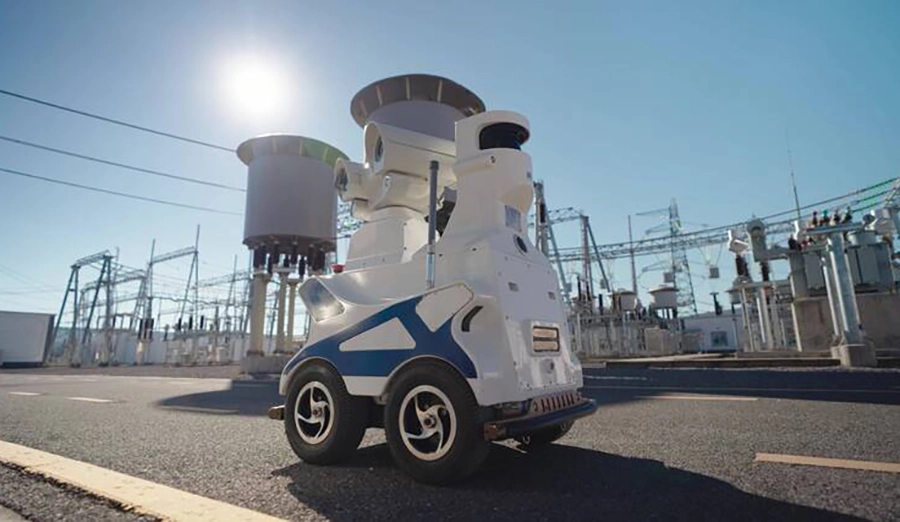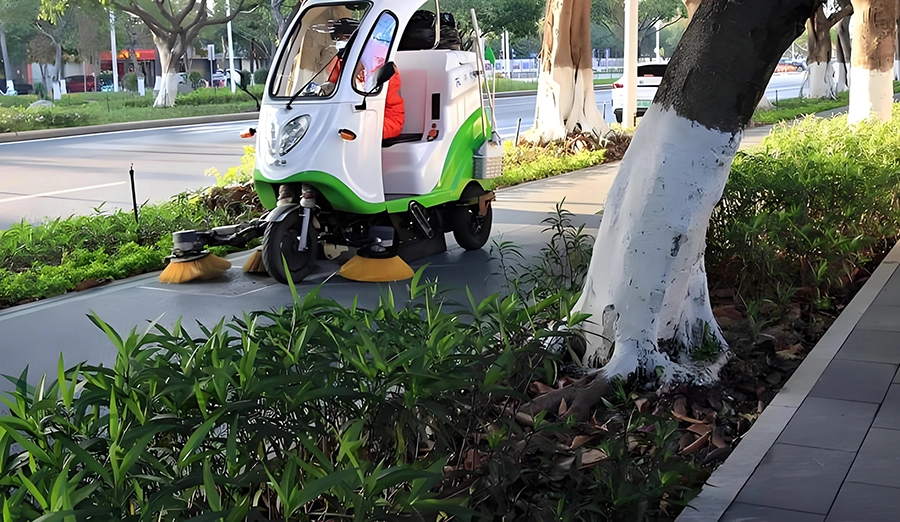
WIRELESS CHARGING IN THE NEWS
1. Maximized Uptime: Autonomous charging reduces operational pauses, boosting productivity by up to 30%.
2. Reduced Maintenance: No physical connectors mean fewer failures from wear or corrosion.
3. Enhanced Safety: Spark-free operation minimizes fire/explosion risks in volatile settings.
4. Scalability: Systems can be expanded by adding charging pads without reconfiguring infrastructure.
5. Sustainability: Smaller batteries reduce resource consumption, and efficient energy use lowers carbon footprints.
Overcoming Challenges
While inductive charging offers compelling advantages, adoption requires addressing:
- Initial Costs: High upfront investment in pads and receivers.
- Alignment Precision: AGVs/AMRs must position coils accurately (modern systems use guidance lasers or RFID tags).
- Standardization: Varying manufacturer protocols may limit interoperability (industry groups like the Wireless Power Consortium are developing universal standards).
Real-World Implementations
Companies like Toyota Material Handling and KION Group have integrated inductive charging into their AGV forklifts. In one case study, a German automotive plant reduced charging-related downtime by 40% after deploying wireless systems. Similarly, Amazon’s AMR fleets use opportunistic charging to maintain uninterrupted sorting and delivery operations.







